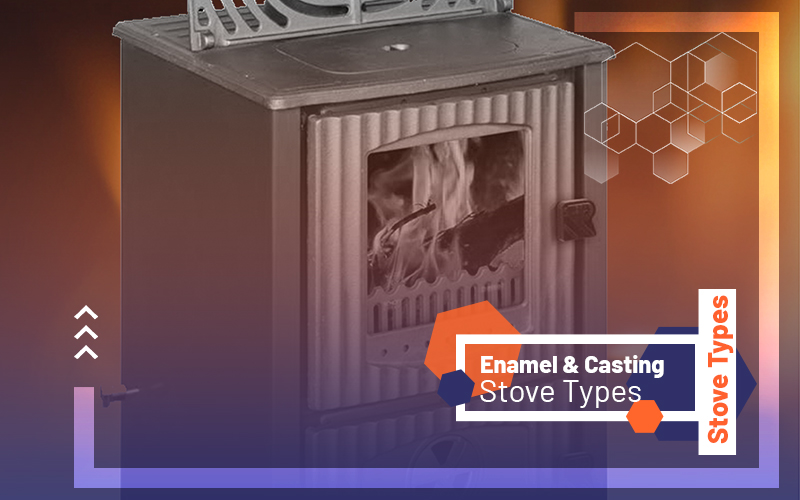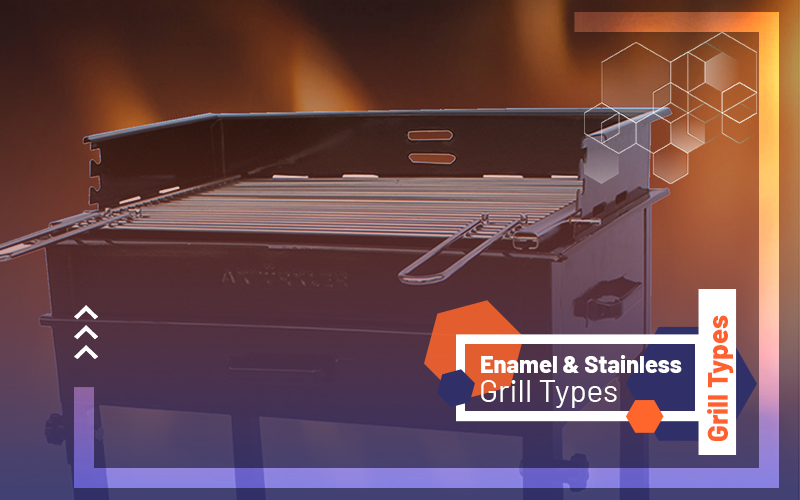In the capacity of data controller, AKTÜRKLER ISI CİHAZLAR İNŞ SAN. VE TİC. LTD. ŞTİ.(“Company” or “Aktpazarlama) , it is our priority to protect the personal data of our visitors and customers. This clarification text has been issued in order to fulfill the clarification obligation in accordance with Article 10 of the Law on the Protection of Personal Data No. 6698 (KVK Law).
The Data Controller Company may change and update the provisions of this Clarification Text when deemed necessary. Changes and updates made become effective on the date of publication.
Below, information about the purposes for which your personal data is processed, to whom and for what purpose your data can be transferred, the methods and reasons for our data collection, and your rights as the data owner will be presented.
1-Purposes of Processing Your Personal Data
1.1.In case you visit our Site/Mobile Application, cookies etc. in the Mobile Application and the Site in order to provide you with an effective customer experience by performing statistical studies on your usage, making targeted advertisements/promotions. We use methods and process your Site/Mobile Application usage (navigation) information. For detailed information, you can review the Privacy and Cookie Policy on the Site.
1.2. If you can automatically save your name, e-mail address, mobile phone number, address as a member during your shopping, in case you can automatically save your name/surname, e-mail address, mobile phone number, and address information during your shopping on the Site for the purpose of realizing and registering your membership, enabling member login, informing you about your membership, fulfilling the requirements of the membership agreement, and enabling you to log in to the Site or Mobile Application using the member information without the need to re-enter all membership information, and to make shopping without the need to enter membership information, your User ID information due to the assignment,
1.3. Your shopping (shopping date, time, amount, shopping content) and payment (payment method and payment details) information in order to provide you with the service of viewing your order history as a member,
1.4. Your name, surname, gender, if you choose to share optionally, your name, surname, gender, date of birth, e-mail address, mobile phone number, User ID information automatically assigned by the system when you become a member of the Site / Mobile Application, in order to update your information you will provide through other channels during the membership process or in Aktpazarlama and to fulfill our obligation to keep your personal data up-to-date,
1.5. Offering you special offers based on your Site/Mobile Application membership and your shopping, general or special personalized campaigns, advantages, promotions, creation of advertisements, organization of campaigns, contests, sweepstakes and other events, segmentation, profiling, reporting, marketing and analysis studies, making advertisements and marketing/communication activities of Denim-Trip in Mobile Application, Site or other 3rd party environments and special offers on marketing/communications (Mobile Applications, Pop-ups, Pop-ups, user notifications, Site screens, etc.) ) within the scope of strategic planning, analysis and business development studies for operational processes, efforts to improve customer experience, name and surname, gender, e-mail address, mobile phone number, if you optionally share it, date of birth, city, district, demographic information, approaches to notifications/surveys/offers/campaigns within the Site and Mobile Application, habits, favorites, e-mail address, mobile phone number, behaviors, preferences, search ID, segment information and cookies, mobile application segment information, cookies, preferences, search IDs. We process your data about usage time, Mobile Application version information, communication preferences, shopping amount, payment methods/channels and preferences, bank information where payment is made, brand, model, technical specification and operating system information of the device used, operator information used, survey answers.
1.6. If you shop via the Site/Mobile Application as a member or without being a member on the Site, your name, signature, e-mail address, your shopping address and shoe size, in order to carry out the shopping transaction and fulfill the requirements of the distance sales contract, to arrange and send the e-invoice/e-archive invoice regarding your shopping, to provide you with after-sales support services (such as modification, change, return, product review) of your order,
1.7. If you make a purchase using a gift card/gift card, in addition to the standard shopping transactions, the T.R. Your Identity Number data,
1.8. In case of using the payment option at the door, if a refund is required, your name and surname, credit / debit card number, bank to which the card belongs, and IBAN number data on the credit / debit card,
1.9. If the shopping is done by credit/debit card, your credit/debit card information (first 4 and last 4 digits, expiry date, score, bank and card type information to which the card belongs) data in order to ensure that the payment can be collected; If the shopping is made by Wire Transfer/EFT method, your name and surname, the bank information where the transaction was made, and your information on the receipt if shared,
1.10. We process your e-mail address and order number data if you inquire about your order using the order information (order, date, time and amount you have placed, order content, product information, payment method, order/gift note, reference number for the order) and order inquiry screen.
1.11. If you shop on other websites/mobile applications that sell Aktpazarlama products; We process your name and surname, e-mail address, delivery and invoice address, order details (product information, price, order date, order content) in order to fulfill the requirements of the distance sales contract, to arrange and send the e-invoice / e-archive invoice regarding your shopping, to deliver your order to you.
1.12.In case of sending products to third parties by you, we process the name and surname information of the person concerned in order to deliver the order to the relevant person and to provide after-sales support services (such as modification, change, return, product inspection). In this case, the responsibility for the disclosure of this person(s) belongs to you as the person sharing this information.
1.13. We process your name and surname information in the address and address in order to deliver the order to you and to provide after-sales support services (such as modification, change, return, product inspection) in case of sending a product/gift on your behalf by third parties.
1.14. In case you give commercial communication permission/explicit consent through any channel in Aktpazarlama, general or special personalized campaigns, advantages, product and service promotions, survey studies, presentation of customer satisfaction applications, promotions, advertisements, information, marketing activities (SMS, e-mail, etc.) conducted by Aktpazarlama through the channels you choose (SMS, e-mail, etc.) We process your log registration information with your e-mail address.
1.15. If you contact us through our communication channels such as call center, e-mail, Site, Mobile Application, social media; Name and surname, social media user name, e-mail address, mobile phone number, if shared, fixed phone number, size size, shoe size, shoe size, request card number, if relevant, gift card number, your legal data, your gift card transaction history, your gift card information your other relevant information to be transferred by you,
1.16. Your call center audio recordings to be used as evidence for our customer satisfaction efforts and disputes that may arise between us,
1.17.In case you create an order or shop through the Site/Mobile Application, we process your order and shopping history, invoices, points/discounts/benefit usage in addition to these.
1.18.To ensure the safety of you, employees and other third parties against all kinds of acts, crimes or behaviors that are contrary to the possible legislation, to fulfill our obligations arising from the legislation and to fulfill our legal obligations towards authorized and authorized private or public institutions and organizations, in case of disputes to arise against official institutions and organizations such as the court, enforcement office, arbitral tribunal, use of all kinds of lawsuits, replies and objections within the scope of the legislation, and in case you apply to us within the scope of your rights, to prevent use, to detect suspicious transactions and illegal uses, to perform cancellation procedures, to carry out internal audit and control and reporting, testing, development studies and to improve customer experience, to carry out strategic planning, analysis and business development studies regarding operational processes, if you share name and surname, gender, date of birth if you optionally share it, due to legal processes or in documents sent by official authorities, signature and T.C. Identity Number, mobile phone number, e-mail address, address, requests and complaints, your purchases, size and shoe size, order note, invoices, payment information (first 4 and last 4 digits of Credit/Debit card, payment amount, bank information to which the card belongs, reference number), call center voice records, commercial communication permission information, log records of your disputes, file information regarding your dispute, if you make transactions through the Site or Mobile Application, your legal transaction information, your ID, IP address information.
1.19.In terms of Online Visitors, we process your cookie records (IP address, navigation information, device information (ID) and traffic data) in order to ensure information processing security and prevent malicious use, to carry out activities in accordance with the legislation, to fulfill our other legal obligations towards authorized and responsible public institutions and organizations.
2- Collection Method and Legal Reason of Your Personal Data
Your personal data; the personal data processing activity is “explicitly stipulated in the law”, “it is necessary to process the personal data of the parties to the contract, provided that it is directly related to the establishment or performance of a contract”, “it is necessary for the company to fulfill its legal obligation”; “it is necessary for the establishment, use or protection of a right”; It is collected on the basis of one of the legal reasons or your express consent, “it is necessary for the legitimate interests of the Company, provided that it does not harm the fundamental rights and freedoms of the persons concerned”.
In this context, your personal data mentioned above; In line with and limited to the stated purposes, in order to ensure the fulfillment of all obligations arising from the Membership Agreement and the Distance Sales Agreement; It is collected and processed either automatically or non-automatically through online means such as the Site/Mobile Application, in writing, or verbally through the call center.
3-To Whom Your Personal Data Can Be Transferred To For What Purposes
As the data controller, we transfer your personal data to third parties only for the purposes specified in this Text and in accordance with Articles 8 and 9 of the KVK Law. In this context;
3.1. To deliver the products you will purchase related to your membership, order or shopping, to provide logistics services and after-sales support services, to resolve your requests and complaints and to contact you when necessary, information technologies, marketing/advertising/analysis activities or consultancy that requires expertise, etc. with business partners, suppliers and service providers in Turkey and abroad (such as electronic message tool service providers, call centers, tailors where product modification services are provided, personal data collectors through devices, marketing/advertising/analysis service providers, database and server service providers, infrastructure maintenance and support service providers, legal and financial consultancy service providers, e-invoice/e-archive audit service providers, e-invoice/e-archive audit service providers) and shipping/shipping service providers, provided that it is used within the services provided by the companies for the purpose of performing the activities of Aktpazarlam;
3.2. In case you purchase Aktpazarlama products through the websites/mobile applications where Aktpazarlama products are sold, to the operators that operate the relevant website/mobile application, the information regarding your order and the latest status of the order in order to fulfill our contractual obligations to the operators operating the relevant website/mobile application and to inform you about the order status of these operators,
3.3. The information requested from us in order to fulfill our information, document and other related obligations to authorized and authorized private or public institutions and organizations, judicial authorities and official institutions / organizations and to use our legal rights such as the rights of action and reply, to these institutions, organizations and authorities,
3.4. To our suppliers and payment institutions regarding the relevant transaction, from which we receive consultancy services when necessary, for the purposes of monitoring and detecting suspicious transactions and preventing illegal transactions,
3.5. To our suppliers within the scope of activities related to increasing the visit traffic on the Site/Mobile Application,
3.6. If you make your payment by credit/debit card, your credit/debit card information may be submitted to the relevant bank, electronic payment institution, etc. without being recorded by Akt Pazarlama. third parties providing the service,
3.7. We transfer it to the dealers that we use a common customer management and cashier system in order to carry out business processes.
4-Rights of Personal Data Owner
According to Article 11 of the KVK Law; everyone, by applying to the data controller, about himself; have the right to learn whether personal data has been processed, to request information if personal data has been processed, to learn the purpose of processing personal data and whether they are used in accordance with its purpose, to know the third parties in the country or abroad to whom personal data is transferred, to request correction of personal data in case of incomplete or incorrect processing.
In order to exercise your rights, you can fill in the “Personal Data Application Form” on our website with personally identifiable information and send it with a wet signature; It can be sent to Cevizli Mah, Hacılar cad Of Sok, No:17 Kartal/Istanbul via notary public or registered mail; You can send it electronically to our address info@akturkerlerisi.com.tr by using registered e-mail (KEP), secure electronic signature, mobile signature or your e-mail address that you have previously informed us and registered in our system.






